What is Autoflowering Cannabis? A Fast Buds Primer
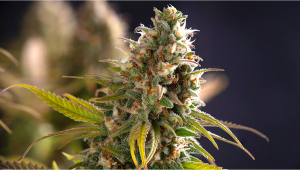
- 1. That’s great, but what does “autoflowering” mean?
- 2. Why should i grow autoflowering cannabis?
- 3. Are autoflowers a new thing?
- 4. How do i get started with autoflowers?
- 5. In conclusion: the future of autoflowers
Fast Buds is an award-winning seed bank specializing in autoflowers. What does that mean? It means our seeds produce potent plants, that mature quickly, and most important of all, they’re easy to grow.
1. That’s great, but what does “autoflowering” mean?
You can think of autoflowering as cannabis growing on autopilot. Here's how it works: a cannabis plant has two major growth stages, the vegetative stage, and the flowering stage. The vegetative stage is where the plant becomes large and sturdy, strong enough to support those massive, resin-filled buds you're hoping to see. The flowering stage, however, is where the plant stops growing and devotes all its energy to making the THC or CBD-rich flowers we call buds.
Growers use light to control when their crop exits the vegetative stage and starts flowering. While vegging, the plant receives eighteen hours of light followed by six hours of darkness, mimicking the summer sun. The grower can trick the plant into thinking it's autumn by switching to a twelve-hour day/night cycle. This change triggers the plant's reproductive system, and it begins flowering and producing buds.
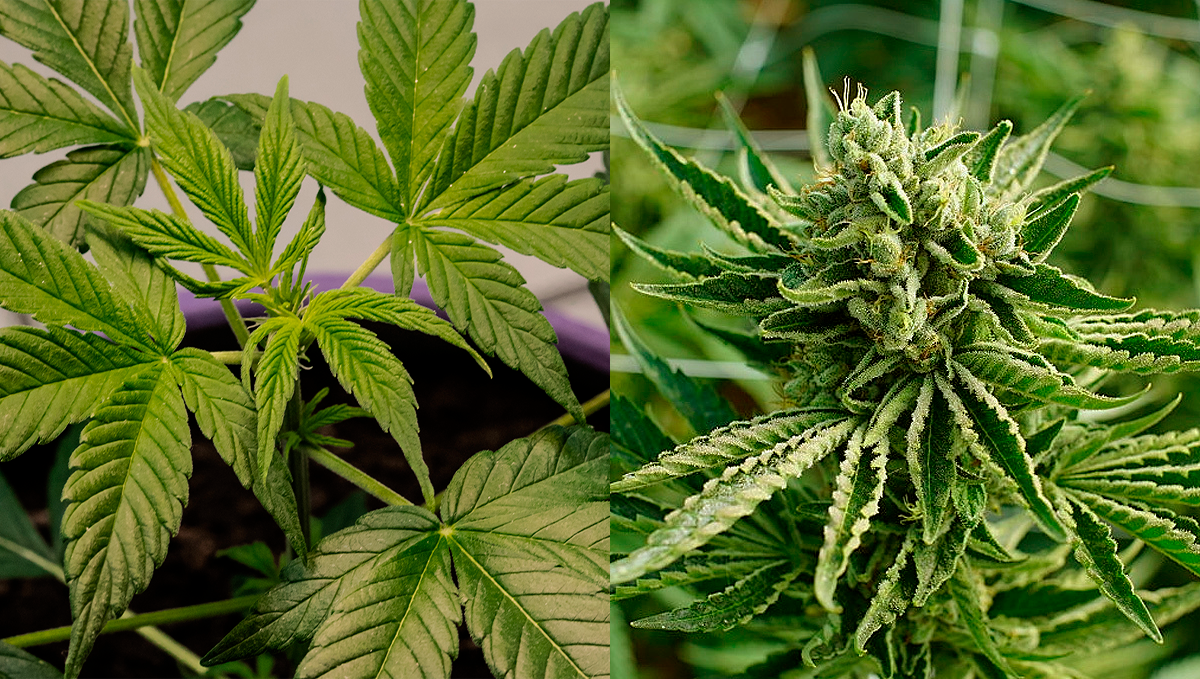
Knowing when to switch your grow from vegging to flowering is tricky. Pull the switch too soon, and your immature plant will offer only a low yield of weak buds. Even worse, a young plant can collapse under the weight of its own flowers. Vegging the plant too long won't kill it, but it does delay your time to harvest. Many an overeager grower has regretted flowering too early, while more cautious ones often wait longer than necessary before harvesting.
Autoflowering makes this dilemma a relic of the past. These cannabis plants flower automatically, when they're ready, and not a moment sooner or later. The grower doesn't have to worry about switching light timers or moving grow boxes. Autoflowering means not worrying about changing too early, and not having to wait for longer than you need before harvesting.
2. Why should I grow autoflowering Cannabis?
Not only does it simplify the process of growing and lighting, but autoflowers also mature fast, and are perfect whether you’re growing in a warehouse or a closet. When a marijuana plant flowers automatically, you never have to worry about ensuring it receives equal amounts of light and darkness. It has a natural countdown timer that initiates bud production. You just provide as much direct sunlight as possible (if outdoor), or at least 18 hours of indoor lighting per day for the entire duration of the grow.
Self-directed maturation is only one advantage to using autoflowering plants- they grow faster, too. Some autoflowering strains, like Fast Bud's LSD-25, can grow from seed to harvest in as little as eight or nine weeks. Take a look at the plant growing below, and imagine collecting every two to three months. Other strains, like our Fastberry, produce hardy buds on short, stocky frames, making them perfect for growers who value discretion or have limited space. You can also keep flowering and vegetative plants in the same grow box without impacting the life cycle of either, perfect for growers in a small house or apartment.
"When a marijuana plant flowers automatically, you never have to worry about ensuring it receives equal amounts of light and darkness."
If you grow outdoors, autoflowering strains allow you to harvest twice a year or more. When kept outdoors, photoperiod plants flower once a year when the limited daylight hours of fall trigger it. Growers plant early to give their crop time to vegetate and grow hardy. Autoflower cannabis, on the other hand, flowers according to its genetic clock. This allows them to be harvested once in mid-summer and once in fall.
Warm climates enable the number of harvests per year to reach three or more. For example, if an outdoor grower plants autoflowering seeds in April, say (Fast Buds’ Blue Dream variant, Blue Blue Dream´matic), he or she can harvest in mid-June, then, plant again and get a second harvest in August. If they start it early enough, or live in a mild climate similar to southern California or the Mediterranean, they can even squeeze out a third harvest in October, the traditional month for taking down photoperiod plants in much of the United States. This assumes each cycle takes about ten weeks, which is about average grow time for Fast Buds' strains.
"Autoflowering cannabis allows you to increase the number of harvests you enjoy, whether you grow indoors or outdoors."
3. Are autoflowers a new thing?
Autoflowering cannabis has been around for millions of years, but it’s only in the past decade that top-tier breeders have managed to harness this superpower for use in medical and recreational cannabis. Like all cannabis grown today, these plants are the product of years of research and experimentation. Their exact origin is unclear, but the first autoflowering cannabis plants appeared on the scene in the mid-1990s. Hybrids of Mexican Sativa and industrial hemp, these were likely secreted away from a university lab in North America.
The industrial genetics of early autoflowerers limited their cannabinoid content. Growers largely ignored them until a man by the name of Joint Doctor crossed these early autoflowering plants with top-of-the-line genetics. The result was the Lowryder, the first commercially-available autoflowering plant. It wasn't perfect- its THC content was middling, and yields were small- but it was perfect for those looking to grow discreetly for personal use.
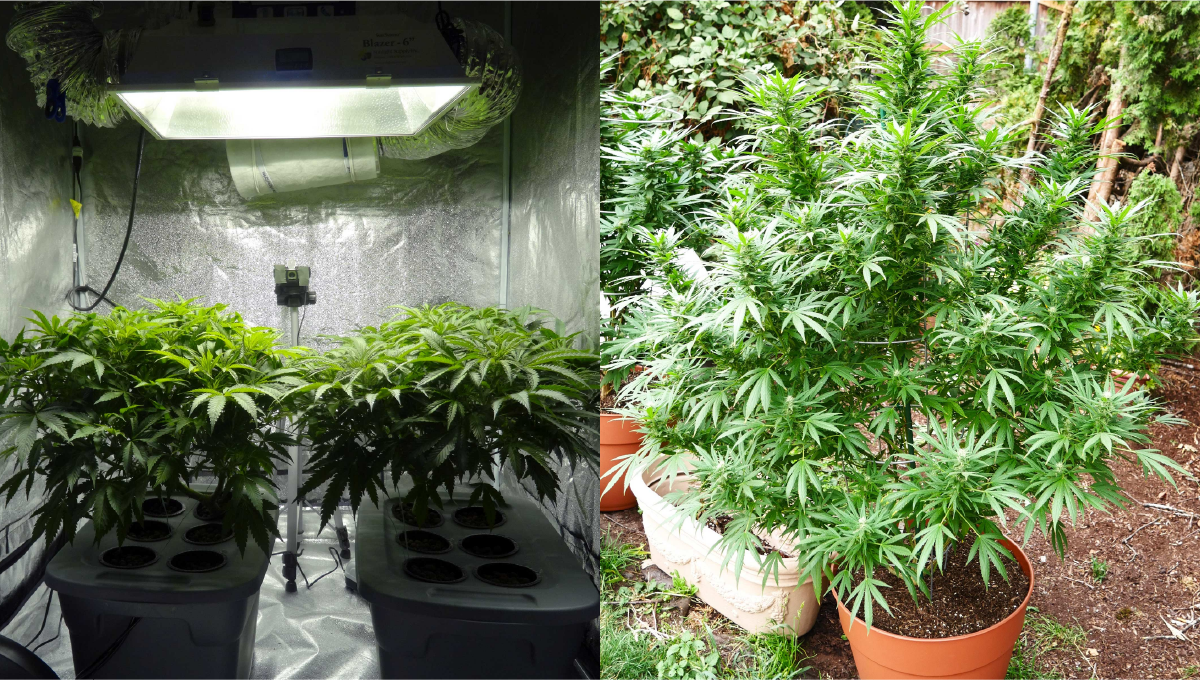
Over the years, breeders have used the humble Lowryder and industrial hemp to create autoflowering varieties of the world's best strains. It wasn’t easy. These plants are living organisms honed by evolution to live in the wild. Taming the wild genes to make great cannabis required time, effort, and just a bit of luck. At Fast Buds, we're proud of our selectively-bred plants that provide top-tier taste, aroma, yields, and effects.
"Autoflowering cannabis has existed for millions of years, but its only in the last decade that breeders have tamed its genetics for use for medical or recreational purposes."
4. How do I get started with autoflowers?
First, select your strain from our ever-growing catalog. If that seems a bit overwhelming, head on over to “choosing the right strain” (coming soon!). After selecting and placing your order, be sure to check out our Germination Guide. Plant your germinated seed, water, and feed your plant and you’ll be reaping those buds before you know it. Autoflowering cannabis makes growing easier, and with modern genetics, there's no need to sacrifice yield, potency, or desired cannabinoid content. There are even high-CBD varieties of autoflowering cannabis, like our own CBD Crack. Whether this is your first grow, or you've been tending plants for decades, autoflowering seeds are a natural choice.
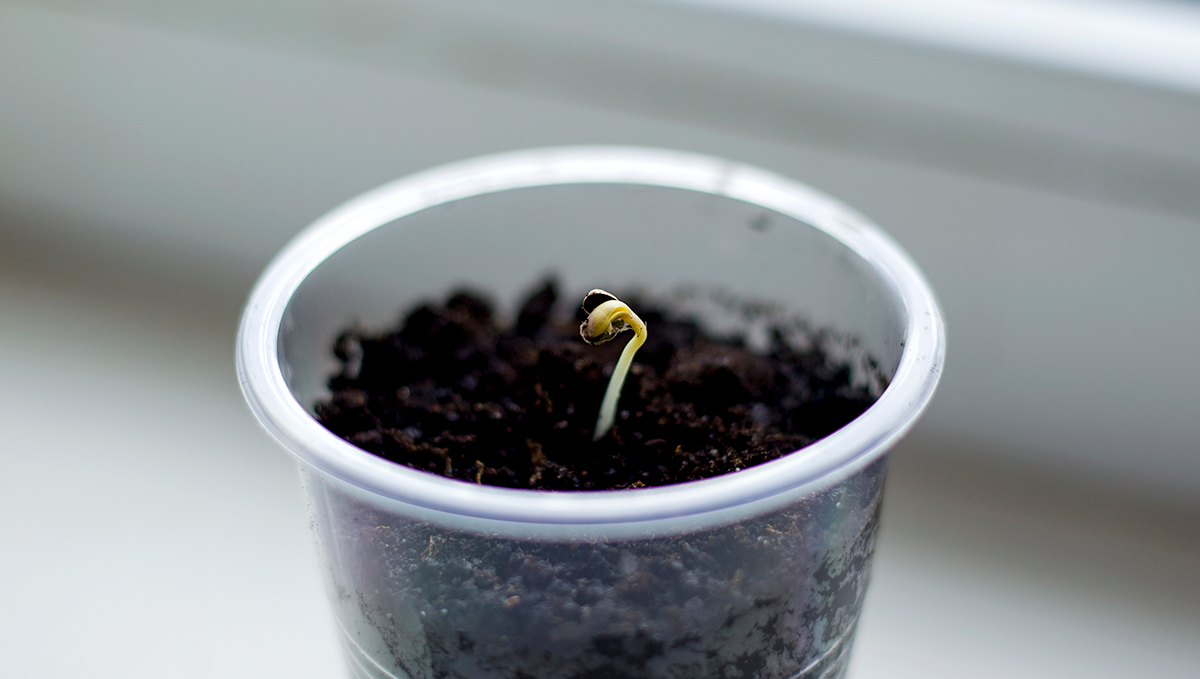
Strain selection is a very important process. To begin with, you should simply choose whatever varieties catch your eye. Over time, you’ll refine your preferences for the aromas, tastes, and subjective psychoactive effects of each strain. Eventually, most growers whittle down their choices to a select few strains that they get on with the best. You’ll also have a similar experience when growing these strains. There are many different ways to grow a weed plant! This involves growing indoors using soil in a grow tent or even hydroponic setups that use no soil at all. Many growers also quickly fall in love with growing weed outdoors. Something about tending plants with the wind in your hair and the sun kissing your skin is completely meditative. Growing outdoors comes with the challenges of increased disease and pest pressure and unpredictable weather. However, it eliminates the cost of running fans. Even if you live in a cold climate with a short growing season, autoflowering genetics grow so fast that you’ll have more than enough time to harvest your crop before the first frosts sweep in. Furthermore, growing outdoors will open up the doorway to experimenting with developing and using your own forms of fertility, such as mulching, KNF preparations, and composting.
5. In Conclusion: The Future of Autoflowers
So, we have gone over the history of autoflowering cannabis plants and where they come from, how autoflowering cannabis plants work, why we think you should be growing autos over their photoperiod cousins, and how to get started with these wonderful plants. But what exactly does the future hold for order flowering cannabis strains? Well, to be totally honest, this guy seems to be the limit (almost literally). If we have a look at the past couple of years of auto-genetic improvement we can make some informed guesses at where we may be in another five or so years. It was only back in 2016 that fast buds released our automatic version of the amazing gorilla glue. This was the first auto to top the 25% THC mark, and boy did it take off. Within a few short months, Gorilla Glue Automatic quickly became our top-selling strain of all time. Since then we have created multiple strains topping the 25% THC mark, and have also taken a deep dive into the world of CBD flowers.
These days you can find almost all of your favorite photoperiod strains in an automatically flowering version, and you can expect this to be the norm from now on. In some respects, autos are overtaking photoperiod strains thanks to the hard work and dedication of growers worldwide. Thanks to the Ruderalis genetic heritage, auto flowers can be grown in a much wider set of climatic conditions when compared to photoperiod strains. They can also be grown at higher altitudes and can be started much earlier in the season if growing outdoors. Another huge upside is the high levels of natural resistance auto strains have against pests, diseases, and mold issues. In the coming years, we expect to see auto strains continue to dominate certain sections of the market, especially with hobby and home growers. This is not to say that autos do not work well in commercial settings, just that commercial market changes are a bit slower.








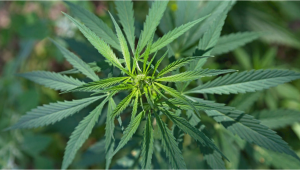

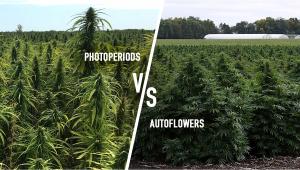


Comments